Black Myth: Wukong
Reviews
An ambitious and visually stunning action game rooted in Chinese mythology, offering challenging combat and a unique setting, but plagued by technical issues. - IGN
Black Myth: Wukong is a Soulslike game with impressive visuals and challenging combat, but suffers from repetitive combat and technical issues. - GameRant
A spectacular and generous Soulslike action RPG inspired by Journey to the West, offering challenging fights against Chinese mythological creatures with slick presentation and a sense of generosity. - Rock Paper Shotgun
Black Myth: Wukong is an astounding triumph that blends a story celebrating Chinese and other East Asian cultures with an original retelling that has resonant themes, all complemented by spectacular design and exhilarating combat. - Polygon
Black Myth Wukong is a fun Soulslike riff on Journey to the West with terrific boss fights and an outstanding power set, but is marred by invisible walls that impede exploration. - PC Gamer
Overview
Black Myth: Wukong is an ambitious action RPG inspired by Journey to the West. Players control The Destined One, a monkey who's essentially Wukong reincarnate, on a journey to reclaim something, engaging in challenging combat with a variety of spells, transformations, and spirit skills. The game features stunning visuals and a unique setting, drawing heavily from Chinese and wider Asian cultural traditions, but suffers from technical issues like crashes and audio glitches, repetitive combat, and invisible walls that impede exploration. It offers a generous Soulslike experience, balancing difficulty with a focus on adventure and progression.
Pros
- ✓ Stunningly gorgeous visuals and detailed environments. [0] [4]
- ✓ Fantastic and challenging combat system. [0]
- ✓ Unique setting steeped in rich Chinese culture. [0]
- ✓ Some incredible boss fights with impressive designs. [1] [1] [3] [4]
- ✓ When combat clicks, it can be a lot of fun. [1]
- ✓ Absolutely stuffed with content for those willing to look for it. [1]
- ✓ Delivers on spectacle and has some eye-popping areas to explore. [1] [3]
- ✓ The game offers a generous Soulslike experience, balancing difficulty with a focus on adventure and progression. [2]
- ✓ Boss fights are well-balanced and lavishly designed, featuring clever attack patterns and behaviors. [2]
- ✓ The game is charismatic, surprisingly funny, and charming. [4]
- ✓ Being able to freeze enemies in time and get some incredibly cheap smacks in is a constant joy. [4]
- ✓ The skill that leaves a little explosive shadow of yourself when you time a dodge just right is the inspired dose of Bayonetta injected into a Soulslike. [4]
Cons
- ✗ Numerous crashes and technical issues on PC, including falling through the ground and audio glitches. [0]
- ✗ Lack of a map makes exploration cumbersome. [0] [1]
- ✗ Combat starts to feel restrictive and gets dull well before the credits roll. [1]
- ✗ Lack of a map and objective markers makes later stages needlessly tedious. [1] [3]
- ✗ A few agonizingly difficult bosses that are more annoying than they are fun to fight. [1]
- ✗ Unfortunate technical hiccups. [1]
- ✗ Lackluster level design, especially in the early chapters. [1]
- ✗ The game is infested with invisible walls that impede exploration. [4]
Gameplay
combat
Players have access to spells governed by a mana meter, including Immobilize, Cloud Step, Rock Solid, Ring of Fire, and Pluck of Many (clones). [0] [1] [2]
Combat is a blend of twitch reflexes and resource management, revolving around a Focus Meter that builds up when landing hits and perfectly dodging attacks. Focus points can be spent on varied combos or charged heavy attacks. [0] [2]
Transformations allow players to morph into creatures they've defeated, each with a new moveset and focus meter abilities, tied to a cooldown. [0] [1]
Spirit Skills, earned by defeating powerful enemies, are transformations for a single attack, also tied to a cooldown and can be leveled up. [0] [1]
Combat involves dodging enemy attacks, managing stamina, and using a Gourd to replenish health, similar to Soulslike games, but with a more generous approach. [2] [3]
Players can switch between three staff stances (Smash, Pillar, and Thrust) on the fly, each with unique movesets and unlockable abilities. [2]
exploration
Level design is wide-linear, with a clear main path and opportunities to explore for rewards like crafting materials, Spirit Skills, Curio items, and stat increases. [0] [1]
The game features linear levels with compact zones connected by Shrines, offering a balance between exploration and progression. [2]
The game is infested with invisible walls that impede exploration, despite the presence of off-the-critical-path bosses, crafting materials, treasures, and meditation spots. [4]
progression
Theorycrafting or experimentation with different builds isn’t that viable, at least in an initial playthrough, due to the need to allocate points into stances and stat boosts, leaving limited options for spell or transformation perks. [3]
Story & Setting
The story is a follow-up to the classic novel Journey to the West by Wu Cheng’en, laden with references to characters and events from the novel. [0] [1] [2] [3]
You play as The Destined One, a monkey on a 40-hour journey to locate the six relics of Wukong. [0] [1] [2] [3]
Each of the six chapters culminates with a vignette in a different art style that tells a short story about that story’s main antagonist. [0] [1]
The narrative explores themes of lifelong regrets, sacrifice, the immutable shaping of one’s fate, and the notion that everyone, heroes and villains alike, might just be seeking redemption or a place in the sun. [3]
Visuals & Audio
Environments are brimming with detail, from the chipped bark on trees to the real-time deformation of snow. [0] [1] [2]
Animation is incredible, with touches like the character's hop step while locked on to an enemy. [0] [1] [2]
Music and sound design are fantastic, with epic battle themes and melodic flutes and chimes. [0] [1] [2]
Technical Details
Experienced numerous crashes, especially when loading new chapters or fast traveling. [0] [1]
Dialogue audio and subtitles would drop out completely during important cutscenes. [0] [1]
Characters would occasionally switch to speaking in Chinese despite the audio being set to English. [0] [1]
Lip flaps of the English dub do not match what’s being spoken. [0] [1]
Most of the journal entries found along the way haven’t been localized yet into English. [0] [1]
The game runs smoothly at 4K resolution with higher graphics settings on a PC with an Nvidia RTX 3080, Intel i9-10900K, and 32 GB of RAM. [3]
Gallery
Black Myth: Wukong Gameplay Screenshots
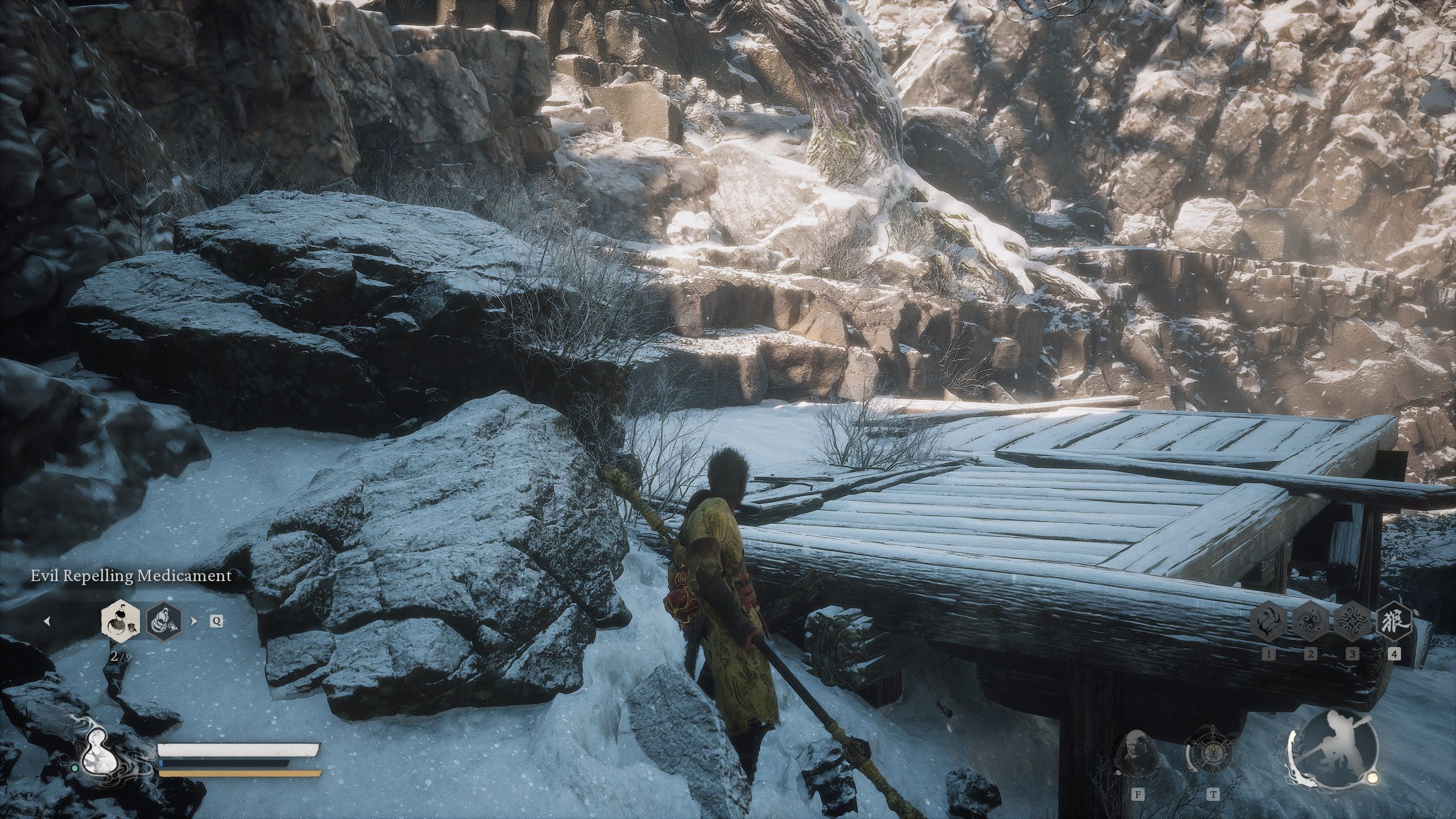
An invisible wall blocks you from jumping on this ledge.
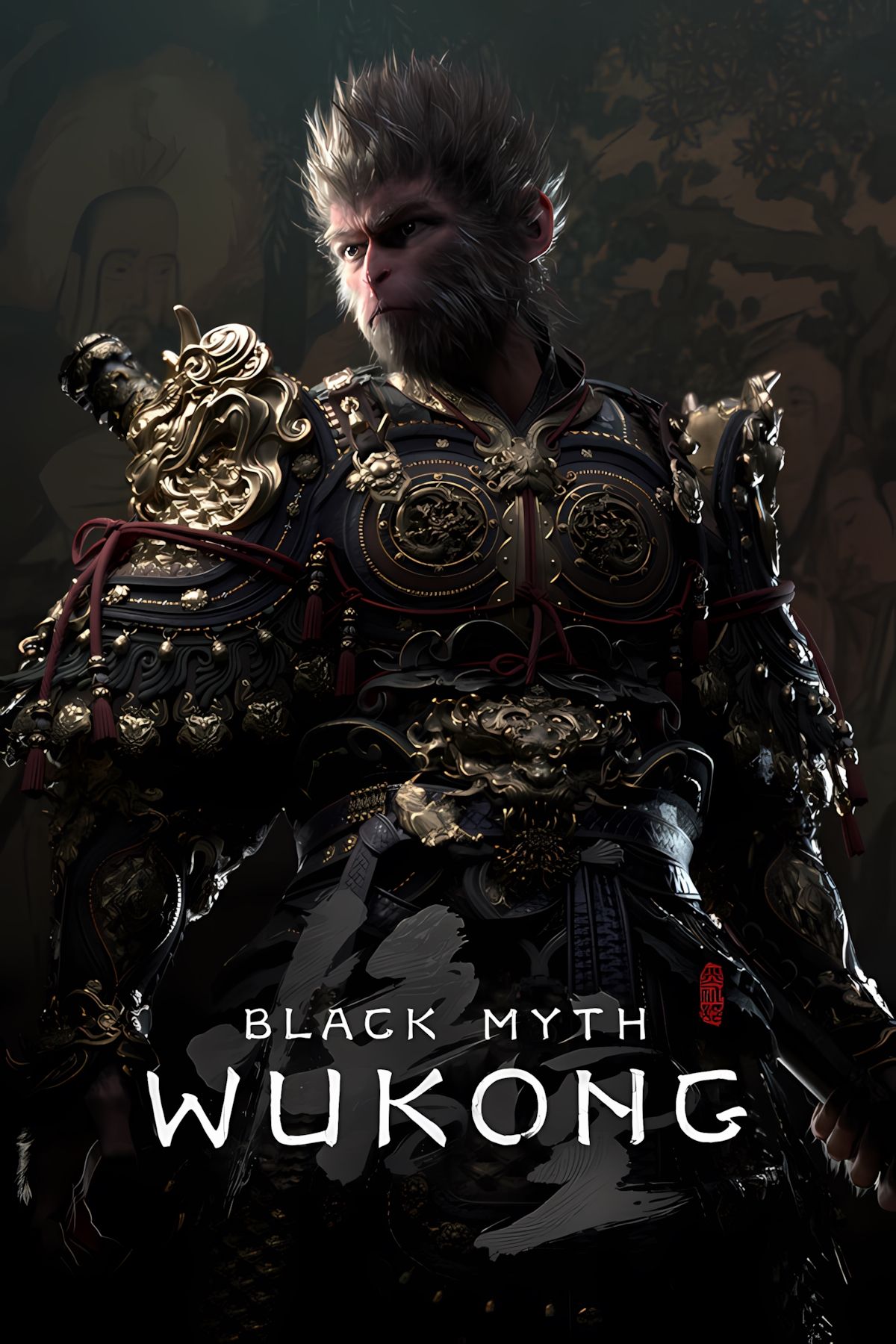
Black Myth Wukong Tag Page Cover Art

Sun Wukong sits atop a cloud in regal armour and stares at an unknown enemy in Black Myth: Wukong.
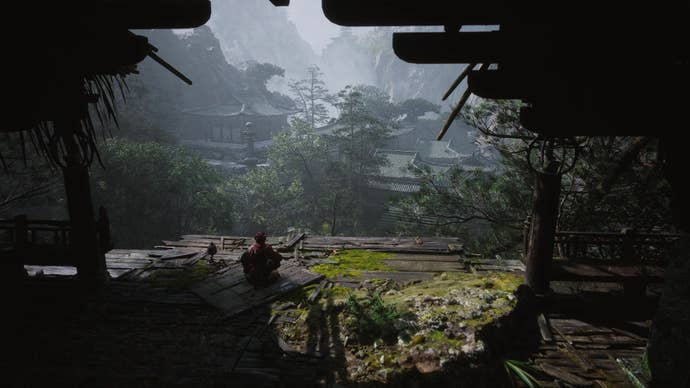
Meditating in the forest cliffs in Black Myth: Wukong.
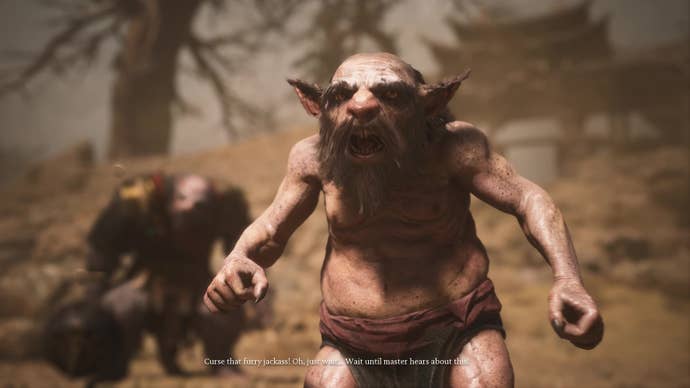
A little rat father screams at the Destined One, while a mysterious armoured rat sits in the distance, in Black Myth: Wukong.
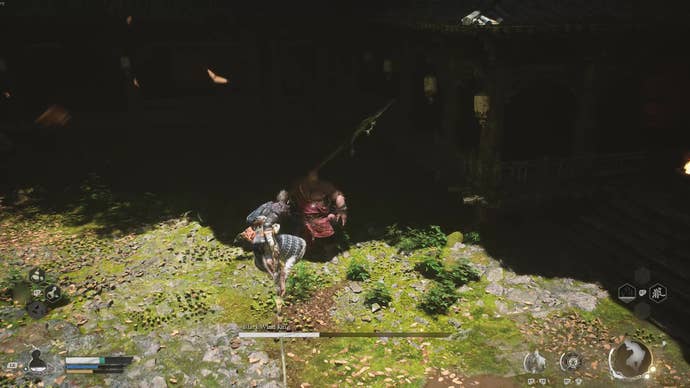
The Destined One sits atop their pole as they fight the Black Wind King in Black Myth: Wukong.

A look at Black Myth: Wukong's skill tree.
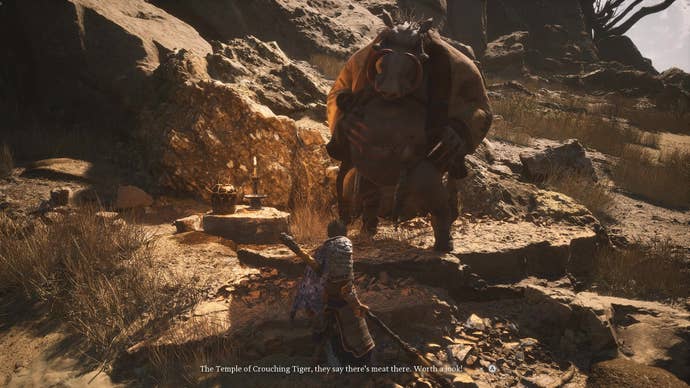
Talking to a boar who demands meat in Black Myth: Wukong.

This Black Myth: Wukong screenshot shows a monk boss named Elder Jinchi.

This Black Myth: Wukong image shows the player standing on a sandy ridge while looking at a great pagoda in a secret area known as the Kingdom of Sahali.

This Black Myth: Wukong image shows the player using a fire-based transformation against a naga snakeman boss.

This Black Myth: Wukong image shows the player summoning multiple clones to assist them against a tiger boss.

Black Myth: Wukong
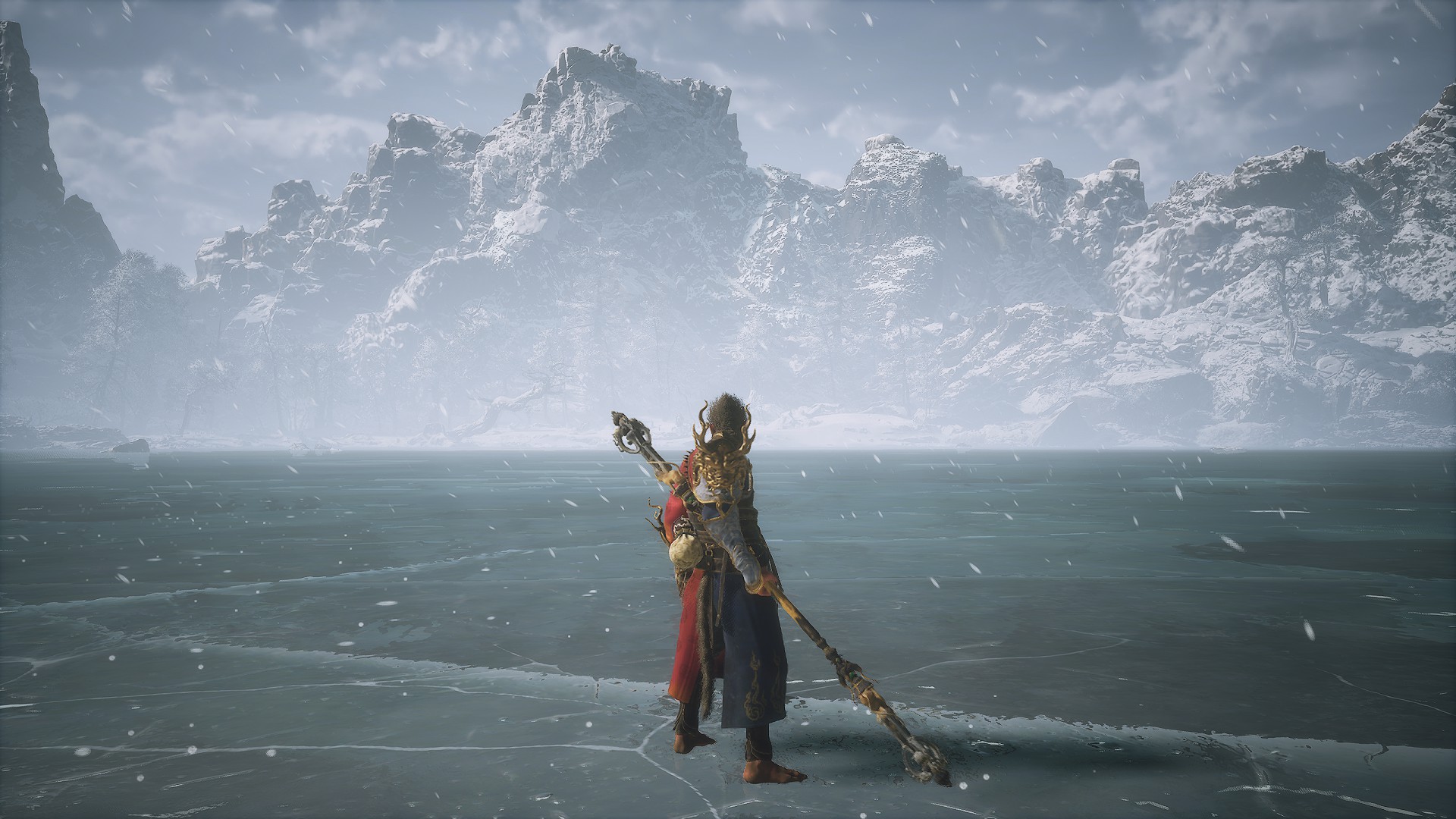
Wukong looking out across a frozen lake in Black Myth: Wukong.
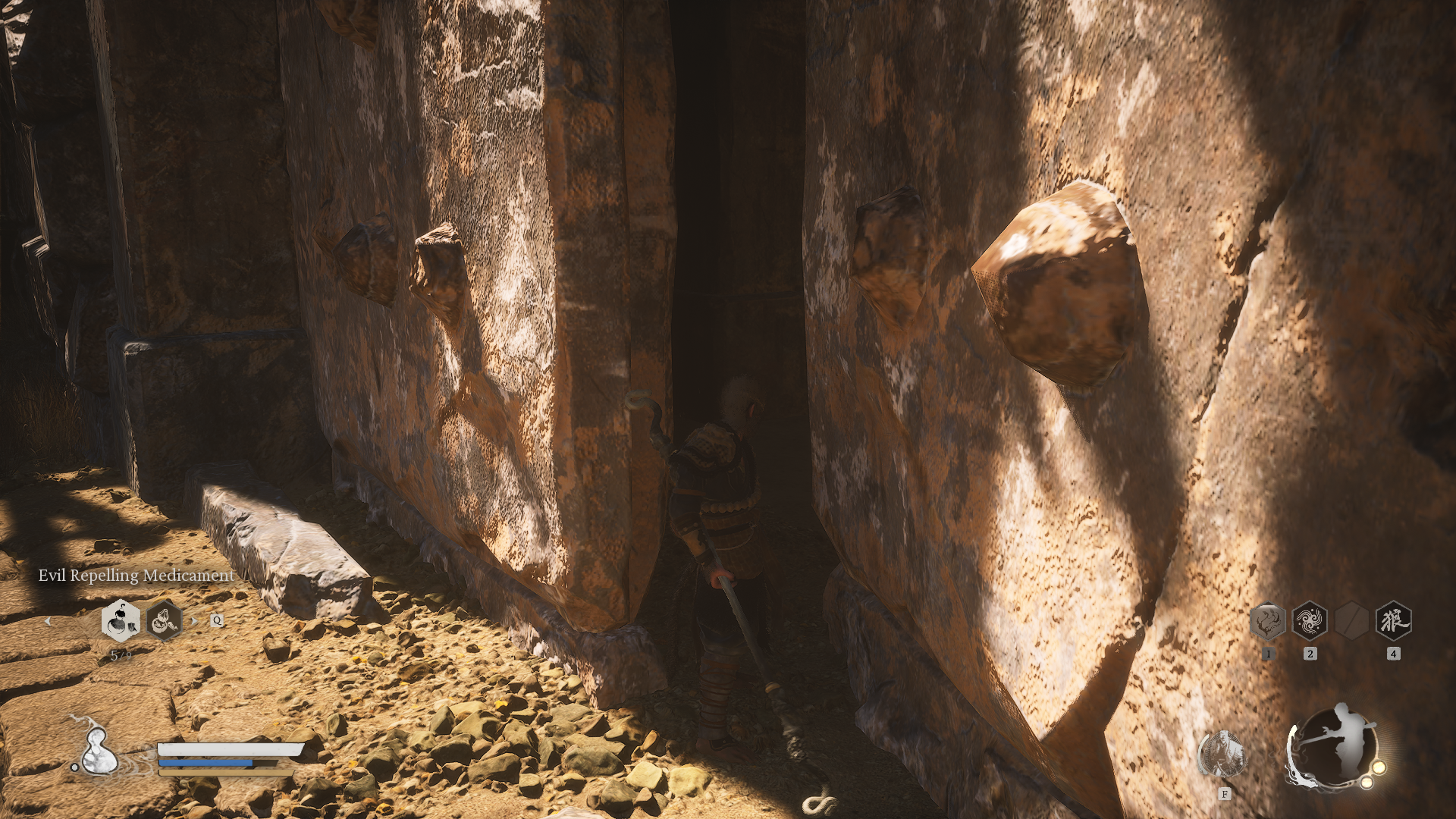
Wukong standing in front of an open gap in a door in Black Myth: Wukong.
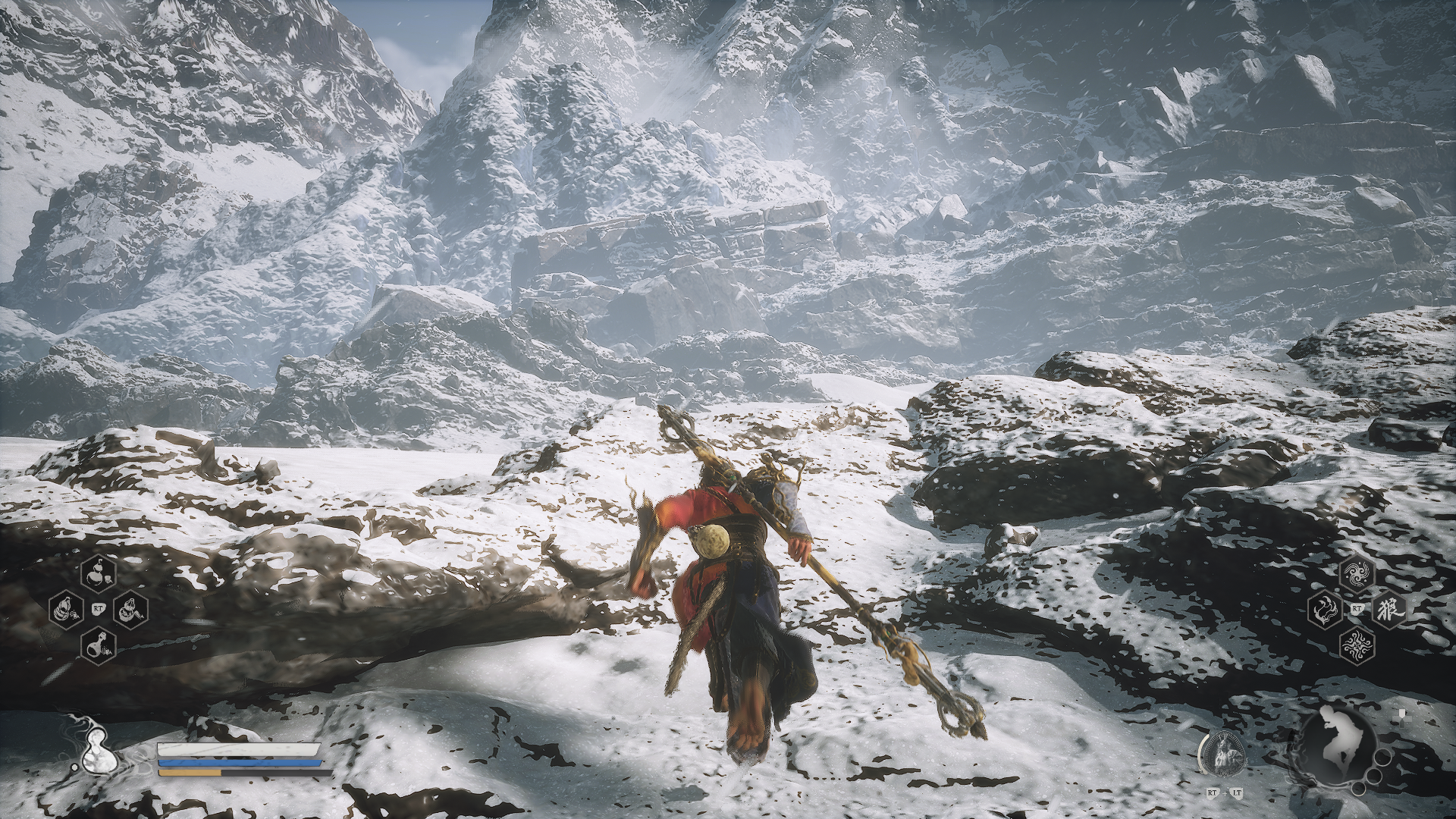
Wukong running into an invisible wall on a snowy mountain in Black Myth: Wukong.

Wukong walking into an invisible wall in a ravine in Black Myth: Wukong.